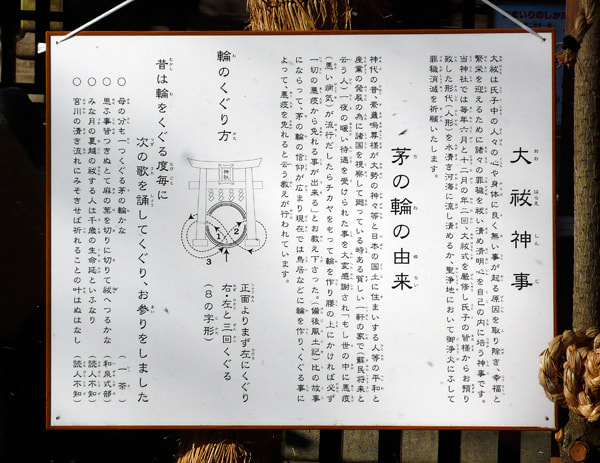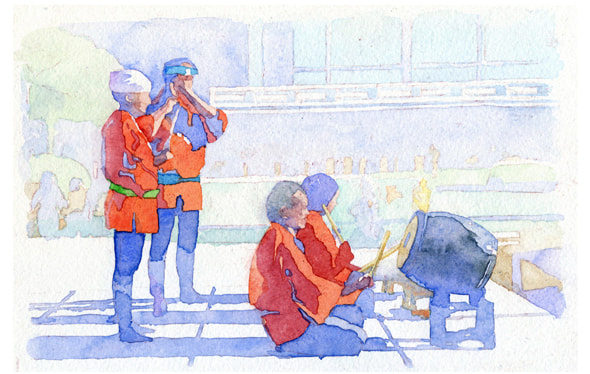
A peaceful day of the New Year slowly slips by amidst sounds of a flute and drums. (Tokyo National Museum)
Temples, shrines and museums celebrate the New Year, working out a variety of schemes. Boisterous voices of people making New Year's visits to shrines and sounds of celebratory flutes and drums can be heard from several places around Ueno Park.
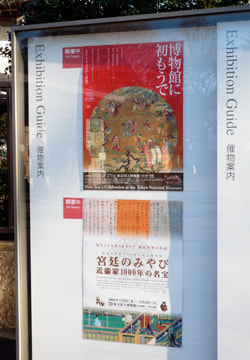
The Tokyo National Museum was open from January 2 under the catchphrase "Hakubutsukan ni Hatsumode," or New Year's visit to the museum, attracting many visitors. (New Year, 2008)
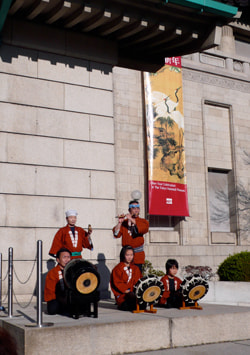
Tokyo National Museum (January 2, 2008)
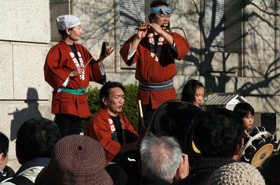
Tokyo National Museum
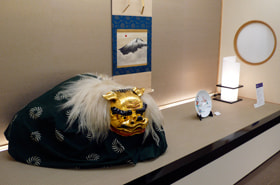
Tokyo National Museum
At Gojo-tenjin Shrine, the New Year begins with "Chinowa Kuguri," or passing through the grass ring, which is the Shinto purification ritual. Visitors purified their bodies one after another by passing through the ring three times - they passed through the ring from the left side of ring at first, and then passed through the ring again from the right side to left side at three times, - and prayed for happiness and prosperity.
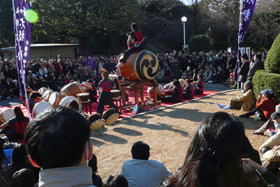
Many onlookers saw the splendid drum performance. (Tokyo National Museum)
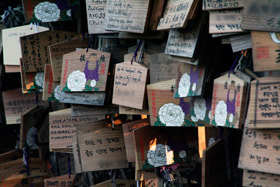
Votive wooden tablets with wishes of people from various countries written on them were hung. (Ueno Toshogu Shrine)

The Tokyo National Museum was open from January 2 under the catchphrase "Hakubutsukan ni Hatsumode," or New Year's visit to the museum, attracting many visitors. (New Year, 2008)

Tokyo National Museum (January 2, 2008)












